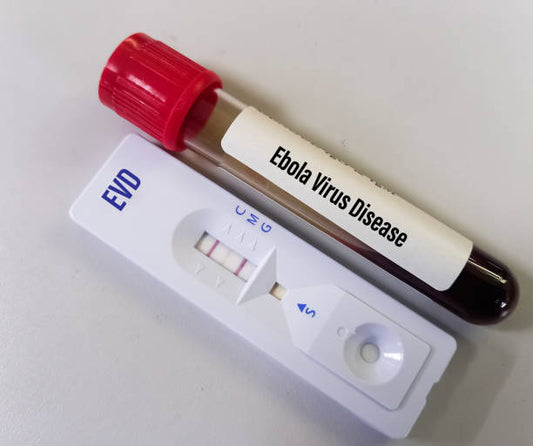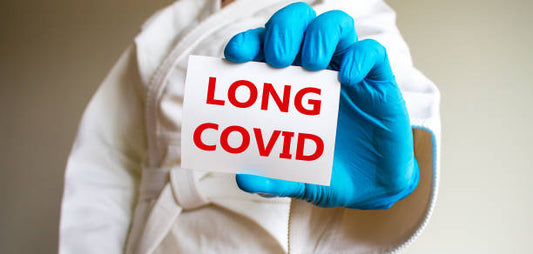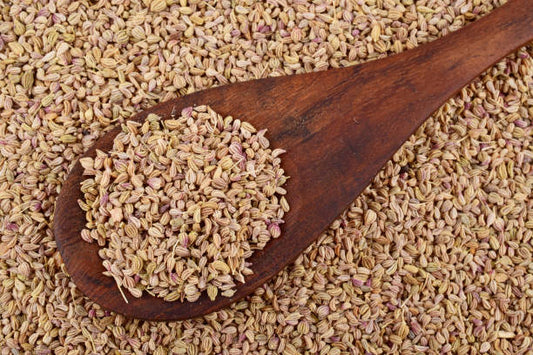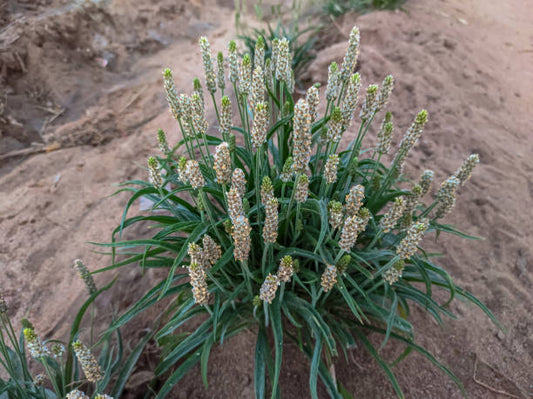Carbuncles are painful skin infections that often occur in hairy areas, such as the back of the neck, thighs, or shoulders. In this guide, we will explore the causes, symptoms, and treatment options for carbuncles to help you better understand this condition.


Causes of Carbuncle Disease:
Carbuncles are typically caused by a bacterial infection, with Staphylococcus aureus being the most common culprit. These infections often begin in a hair follicle or oil gland, where they cause an accumulation of pus. Several factors can increase the risk of developing carbuncles, including:
1. Poor Hygiene: Inadequate personal hygiene can create an environment in which bacteria thrive and lead to skin infections.2. Damaged Skin: Cuts, scrapes, or insect bites can provide entry points for bacteria to infect the skin.
3. Weakened Immune System: Individuals with weakened immune systems, such as those with diabetes or HIV, are more susceptible to skin infections.
4. Close Contact: Sharing personal items like towels, razors, or clothing with someone who has a staph infection can lead to the spread of bacteria.
Symptoms of Carbuncle Disease:
* Red, Painful Lump: The earliest sign of a carbuncle is a red, tender lump in the skin.* Pus Drainage: Over time, the lump fills with pus and becomes softer. Eventually, it ruptures and drains.
* Fever and Fatigue: More severe infections may be accompanied by fever, chills, and general feelings of illness.
* Multiple Boils: Sometimes, several boils may cluster together and form interconnected lumps.
Treatment Options:
The treatment for carbuncles aims to relieve symptoms, prevent complications, and promote healing. Here are some common approaches:
- Warm Compresses: Applying warm, moist compresses to the carbuncle can help draw the pus to the surface and encourage drainage. This should be done several times a day.- Incision and Drainage: In some cases, a healthcare professional may need to make an incision to facilitate pus drainage.
- Antibiotics: Antibiotics may be prescribed if the infection is severe, the carbuncle is on the face or spine, or there are signs of a spreading infection.
- Pain Relief: Over-the-counter pain relievers like ibuprofen can help alleviate discomfort.
- Maintain Good Hygiene: Keeping the affected area clean and covered can prevent the spread of bacteria. Avoid squeezing or attempting to pop the carbuncle, as this can worsen the infection.
Prevention:
Preventing carbuncles involves good hygiene practices, including:
- Regular handwashing with soap and water.
- Keeping skin clean and free from cuts or scrapes.
- Avoiding the sharing of personal items with someone who has a staph infection
Home remedies
There are several home remedies that may also be helpful in treating carbuncle.
- Applying a warm compress to the affected area may help reduce the pain and discomfort associated with the infection.
- Applying a mixture of baking soda and water to the affected area may also help reduce pain and inflammation.
- In addition, taking an over-the-counter pain reliever, such as ibuprofen or acetaminophen, may help reduce pain and swelling.
It's important to note that carbuncles can be painful and potentially serious, so if you suspect you have one, consult a healthcare provider for proper evaluation and treatment.
In summary, carbuncle disease is a skin condition caused by bacterial infections that form lumps filled with pus. Proper hygiene and early treatment can help prevent complications and promote healing. If you suspect a carbuncle, consult a healthcare professional for the appropriate care.












